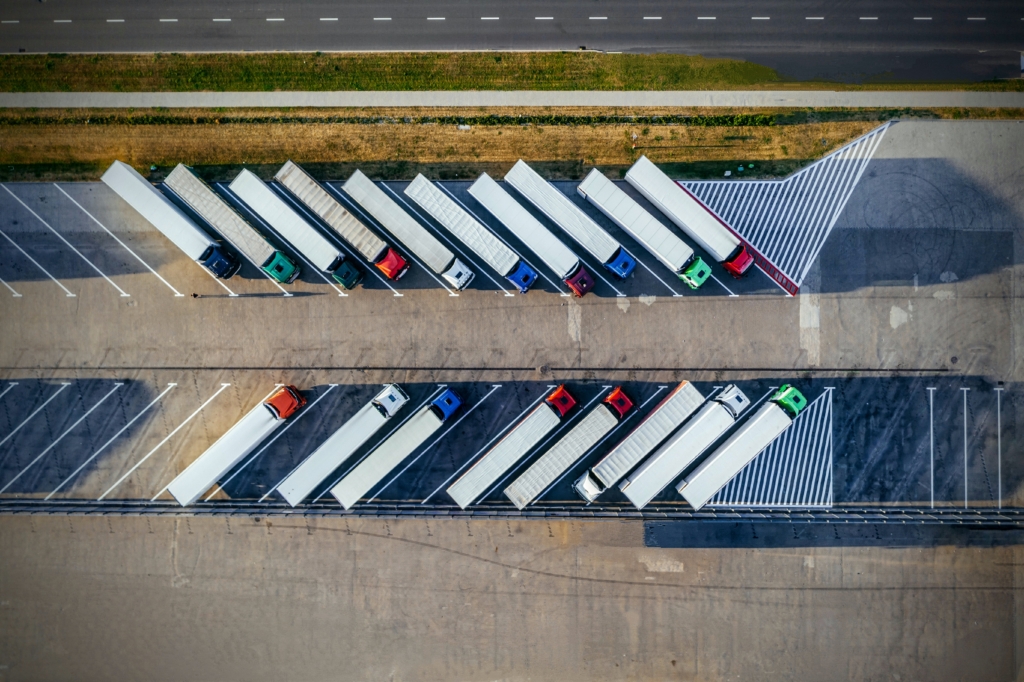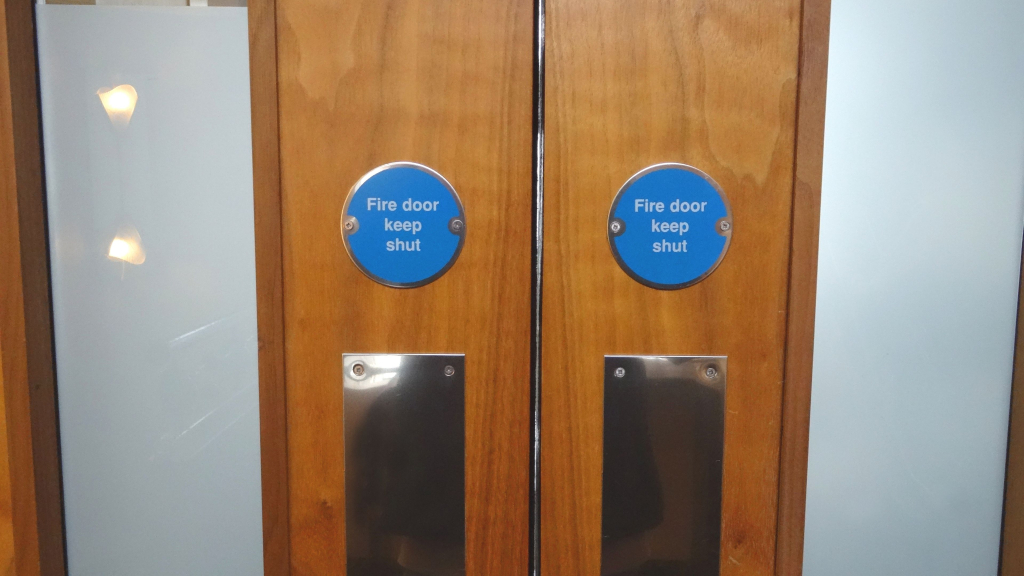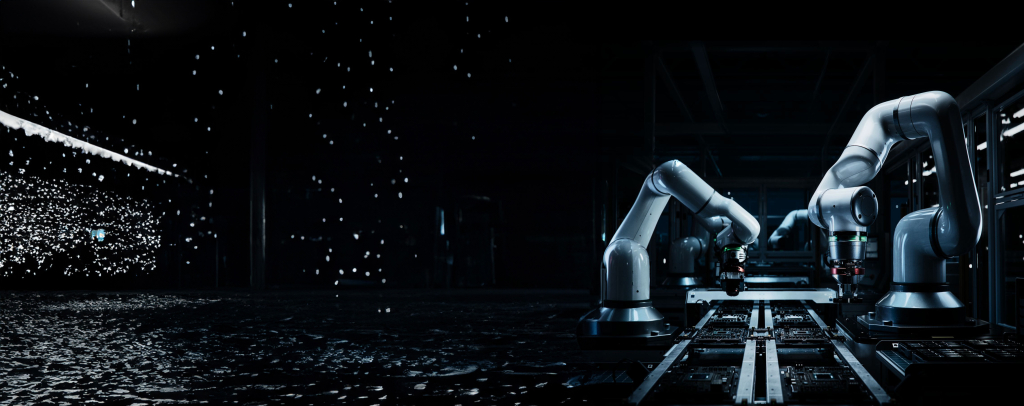HOW DO I CHOOSE THE RIGHT HIGH SPEED DOOR?
0 min read
Many factories use high speed doors to improve environmental control through high use doorways. These doors are on a timer so they close automatically after a few seconds. Whilst being a great way to save energy and increase productivity and safety, high speed doors can also be susceptible to being damaged – especially by forklift trucks!
What to consider before choosing a high speed door?
Will the door be external?
If you need an external high speed door, safety and security will each be a key concern. Do you need the door to provide a secure barrier to the building, or will it be secondary to an existing security door? It is also important to consider wind and weather load on the door – for example is the doorway exposed to prevailing winds? Finally, consider the doors’ impact on the energy efficiency of your building. Does it need to provide an insulation U-Value and level of air tightness to comply with building regulations?
What to choose? Rapidor Spiral offers both insulation and security, providing an all-in-one solution that suits most needs. Alternatively, the Rapidor Dupli combines a traditional insulated roller shutter with a PVC speed door.
For an alternative which doesn’t provide security, consider the Rapidor Pro or Rapidor Impact Imperial models as these offer excellent wind resistance. For smaller, less exposed openings the Rapidor Impact model offers a cost saving option.
It may also be important to prevent rodent ingress on external doors and models such as Rapidor Impact can be offered with a special anti-rodent mesh.
Will your high speed door be used in a hygiene area such as clean rooms or food preparation areas?
If hygiene control is an important consideration, you should invest in a door that will offer the correct level of protection as well as the ability to be washed down in line with your hygiene regime. This is especially important for pharmaceutical and medical companies, as well as in food factories.
What to choose? The Rapidor Pharma is tailor-made for use in clean rooms. Designed for pressure differential and motor cover, the door is built to withstand positive pressure, ensuring harmful particles go out rather than in.
In food production areas, the Rapidor Food door is designed to be washed down regularly with a stainless steel construction and IP-rated components.
For food production areas that are subject to regular washdowns, the bottom of your door can get wet and drip on traffic through the opening, leading to cross-contamination. The Rapidor Sprint prevents this problem with a bi-parting design. With an industry-leading opening speed of up to 3-metres per second, its innovative design can circumvent hygiene risks.
Will there be a difference in temperature either side of the doorway?
When there is a significant temperature difference between two rooms – for instance, in a cold room or freezer – you should choose a high speed door that is well-sealed, reliable and provides a suitable level of insulation. It’s important for your door to provide a sufficient barrier to separate the cold and warm areas, and to operate quickly to conserve energy. As well as this, it’s imperative that your door is still fully functional in spite of the harsh conditions.
What to choose? Rapidor Freeze is designed for freezers with a temperature of less than 0°Cs. A double curtain door with a conditioned air zone prevents the door from freezing up, keeping it fully operational at temperatures as low as -35°C. The door can also be upgraded to Rapidor FreezeAir which utilises two vertically-mounted air curtains to prevent energy transfer when the door is open.
For cold rooms with temperatures above 0°C, a popular choice is the Rapidor Impact with an upgraded 7mm insulated curtain. Additionally, the door can be upgraded to the ImpactAir model with integrated vertical air curtains to provide additional energy efficiency.
Will the door be used by forklifts?
If the high speed door is used by forklifts or other vehicle traffic, there’s an increased risk of damage. To prevent issues caused by collisions, you can invest in an impact-resistant and self-repairing door.
What to choose? A self-repairing door from Tekta includes an innovative soft-bottom edge. This means that if the door curtain is hit by traffic then it will automatically reinsert itself back into the tracks when next operated.
The Rapidor Impact offers a variety of features including photo beams, safety edges, light curtains and traffic lights to comply with European safety standards. The doors can be operated by a push button, or a hands-free radar sensor, induction loop or remote control.
Other door models such as Rapidor Pro and Rapidor Sprint also come with an optional break out system to reduce damage in the event of a collision.
For more information, download our How do I prevent damage whitepaper.
Can I use a speed door on a fire escape route?
When considering high speed doors (or any electrically-operated doors) on a fire escape route it is important to consider what will happen if there is a power failure in the event of an emergency. There are different ways to ensure safe operation including a maintained power supply, UPS backup, or a counterweight system – however one of our favourites is the “T-Cut ” escape system available as an option on our Rapidor Impact doors, which allows persons to escape through the door. Although, for complete peace of mind, it’s better to add a secondary personnel door if you can.
What to choose? The Rapidor Impact, when purchased with a “T-Cut” emergency escape kit sealed with velcro, can be used on a fire escape route, providing a reliable means of escape even in the event of a power failure.
How can I customise my speed door?
Colour choices – Both the frame and curtain of your speed door can be selected in a number of colours to fit with your company branding or safety requirements.
Digital printing – Tekta can provide digital printing on your speed door curtain. So, whether you want to showcase your company logo or include a safety messaging or the name of the room and door number, we’ll be able to customise its design to your exact specifications.
How much does a speed door cost?
A speed door has the potential to bring substantial return on investment due to increased productivity, energy saving and efficiency. However, speed doors come in a wide variety of types and levels of quality and therefore it is important to consider your budget. Here is an approximate guide to the costs of different types of speed door (based on a 3x3M doorway):
Band 1 – £4K-£6K
Folding speed doors such as Rapidor Fold.
Standard rolling speed doors such as Rapidor Pro.
Self-Repairing speed doors such as Rapidor Imperial.
Band 2 – £6K-£8K
Self-repairing speed doors such as Rapidor Imperial & Rapidor Food.
External speed doors such as Rapidor Pro.
Chiller speed doors such as Rapidor Imperial with an insulated curtain.
Band 3 – £8K-£10K
Combination speed doors such as Rapidor Dupli.
External insulated speed doors such as Rapidor Spiral.
Specialist doors such as Rapidor Pharma for cleanrooms.
Self-repairing external speed doors such as Rapidor Imperial.
Combination air curtain & speed doors such as Rapidor ImpactAIR.
Band 4 – £10K – £15K
Bi-Parting speed doors such as Rapidor Sprint.
External insulated speed doors such as Rapidor Spiral.
Band 5 – £15K +
Specialist doors for freezers, such as Rapidor Freeze and Rapidor FreezeAIR.
NOTE; These prices are guideline only and prices can vary greatly depending on factors such as project location, scope, quantity of doors, and activation methods, etc.
For help with selecting your speed door, get in touch with Tekta today.







